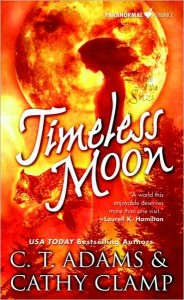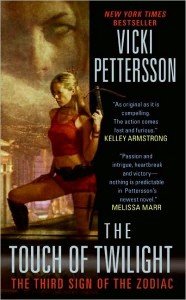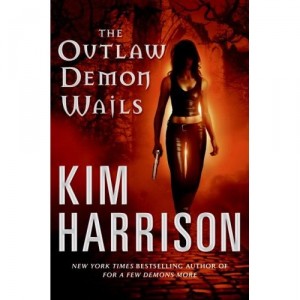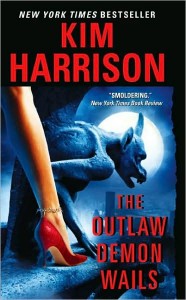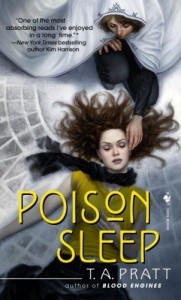 So what happened was the world went to Hell, through a combination of war, terrorism, and natural disasters…
So what happened was the world went to Hell, through a combination of war, terrorism, and natural disasters…
Nine years later, Mortimer Tate emerges from his well-stocked cave deep in the woods, ready to rejoin the world he left behind, and utterly unprepared for the changes made in his absence. It seems that compared to most, he’s actually been living a civilized, luxurious life, and all because he wanted to get away from his soon-to-be ex-wife. Armed with weapons and trade goods, he heads down into town, and begins a nightmarish, bizarre odyssey through a world transformed. Together with his newfound companions, Buffalo Bill the new era cowboy, and Sheila, the hot-yet-dangerous stripper, Mort is dragged into one unreal adventure after another. From rampaging gangs of raiders, to suburban cannibals, from psychotic women to the mysterious mastermind known as the Red Czar, it’s one death-defying, nerve-wracking, pulse-pounding escape after another, as Mort becomes an unlikely hero in a world looking for meaning. And throughout it all, the only spots of sanity and creature comforts are the franchises of Johnny Armageddon’s Sassy A Go-Go strip clubs, where you can have women, beer, and music, all for reasonable prices. However, war is brewing, and Mort and his pals are caught in the middle. It’s all going to come down to a dramatic, climatic showdown in the ruins of Atlanta, with the remnants of civilization up for grabs. Some days, it doesn’t pay to leave the cave.
Go-Go Girls of the Apocalypse is utterly insane, hyperkinetic, frenetic, and non-stop action, punctuated with senseless violence, horrifying interludes, and chaotic moments. Poor Mort gets more abuse heaped upon him than any one man should be forced to endure, from brutal beatings to shocking seductions, dragged into events not of his making. He’s an unlikely hero, the quintessential man of mystery who comes wandering into town as a harbinger of change and destruction, looking to do what’s right even as he encounters people who’ve come to expect (and perpetrate) the worst. He’s a civilized man in a world lacking civilization. Buffalo Bill is the faithful sidekick and Mort’s native guide, quick with a gun and possessed of a cinematic spirit. Sheila’s a semi-feral woman who has learned the value of all she has to offer, unwilling to take crap from anyone, as dangerous as a snake and as swift to strike when the circumstances demand. Together, they’re a perfect team for this post-Apocalyptic nightmarish existence.
The plot is a classic journey quest, as our heroes move from one crazy episodic encounter to the next, getting split up and reuniting, losing everything and regaining it, killing as necessary, leaving destruction in their wake. Victor Gischler alternates between shock value and outrageousness, as he tosses in things like cannibals, raiders, electricity provided by slaves on stationary bicycles, an army driving hybrid vehicles, and much more. However, it all makes sense in a morbid sort of way. Given the nature of society today, what’s going to be left when it all blows up? And when civilization tries to pull itself together, what’s more likely to succeed than a chain of strip clubs where you can get drunk, get laid, and buy essential goods? It makes sense, in a depressing, lowbrow sort of way, and it works in this context.
Go-Go Girls of the Apocalypse is one action scene after another, linked together to tell the tale of a man trying to find sense in an insane world. It’s been described as Tarantino-meets-Christopher Moore-meets-Mad Max, and that’s pretty damned accurate. It’s cheesy B-Movie post-apocalyptic science fiction, supremely confident in its senseless over-the-top exuberance, and its devil-may-care attitude is contagious. Chock-full of “what the f***” scenes, it’s one heck of a story. Once I started reading, I couldn’t put it down again. It may not be great, serious literature, but Go-Go Girls of the Apocalypse is way too much fun to miss out on. This was just what I needed for sheer entertainment.
Originally reviewed for SF Site, 2008


